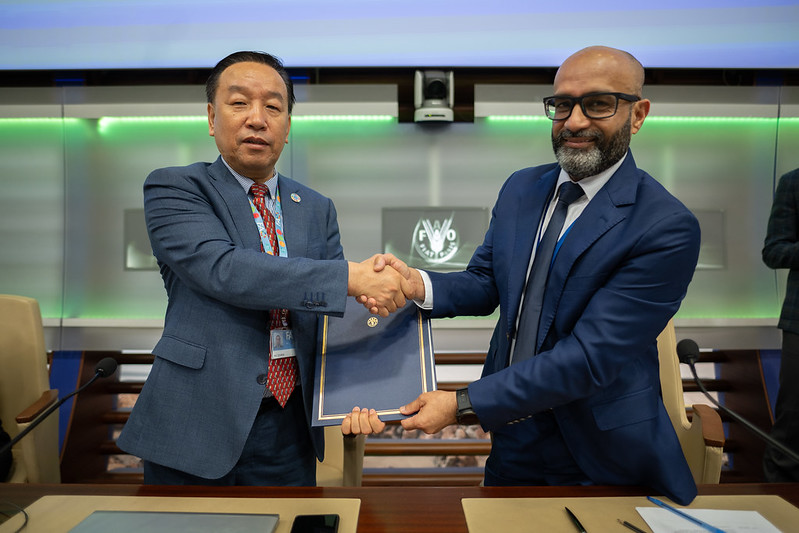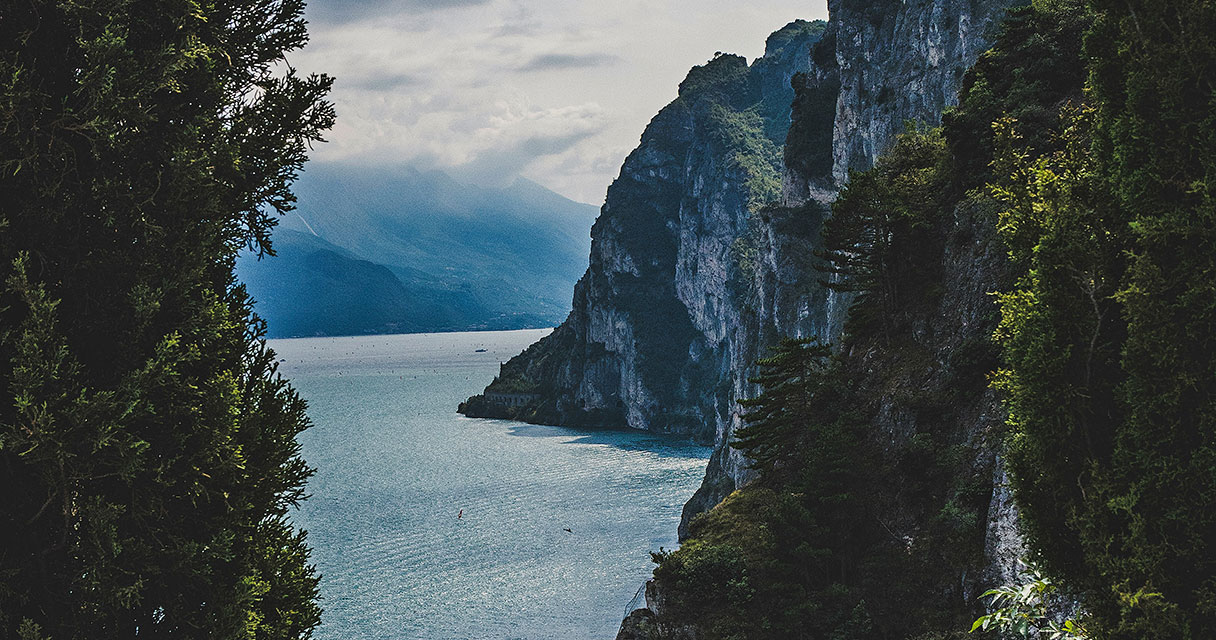New WCPA Technical Report highlights best practices for addressing impacts of transport infrastructure on biodiversity
The planet is experiencing unprecedented levels of land conversion and habitat loss, often in the most biologically rich ecosystems. Despite the well-known societal and economic benefits of infrastructure, indiscriminate development of roads, railways and canals increasingly threatens biodiversity. Endangered Asian elephants are regularly hit by trains; Bison are struck just outside Yellowstone National Park; and road construction opens the door to runaway deforestation, even deep in the Amazon Rainforest.
 An Asian elephant contends with heavy machinery in Malaysia © Gary Tabor
An Asian elephant contends with heavy machinery in Malaysia © Gary Tabor
On 18 July, the IUCN released its first in-depth publication on the challenges and solutions of linear transport infrastructure (LTI) and biodiversity. This report, published by WCPA’s Connectivity Conservation Specialist Group (CCSG), its Transport Working Group (TWG), and the Center for Large Landscape Conservation (CLLC), provides information critical for the conservation of wildlife and nature in the face of rapid population growth and development.
According to Robert Ament, Senior Conservationist at CLLC and Co-Chair of the CCSG Transport Working Group, "Many countries are struggling to protect nature as they develop linear transport infrastructure. We hope the guidance provided in this Technical Report will inspire them to improve their policies and practices."

Addressing ecological connectivity in the development of roads, railways and canals provides an overview of practical, feasible, science-based strategies for protected and conserved area (PCA) managers, transport practitioners, industry, conservationists, and other interested stakeholders to confront the impacts of infrastructure on the environment. From planning and design to construction, operations, and monitoring, this report – the fifth volume in the IUCN WCPA Technical Report Series – synthesizes the state of the field and offers a way forward.
Dr. Madhu Rao, Chair of the IUCN World Commission on Protected Areas, emphasizes the importance of the report, stating, "A key driver of biodiversity decline is the unprecedented global rate of linear transport infrastructure development, highlighting a critically urgent need to develop workable solutions. This technical guidance is hugely relevant to practitioners grappling with the issue of maintaining ecological connectivity and integrity within protected and conserved area systems."
 Deforestation is one direct impact of road building. Here, a road is built in Nepal © Anthony Clevenger
Deforestation is one direct impact of road building. Here, a road is built in Nepal © Anthony Clevenger
Ecological connectivity, defined as the unimpeded movement of species and natural processes that sustain life on Earth, is crucial for maintaining healthy ecosystems. Human activities, such as the development of linear transport infrastructure, cause landscape fragmentation and disrupt this vital connectivity. The consequences are numerous, including habitat degradation, fragmentation, and loss, as well as the creation of physical barriers and filters that impede wildlife movement and ecological flows. Additional impacts range from pollution and invasive species spread to changes in hydrology and microclimate, and increased rates of poaching and illegal activities.
 An Eastern box turtle crosses the road in Patuxent Research Refuge, Maryland (USA) © Nicholas Tait
An Eastern box turtle crosses the road in Patuxent Research Refuge, Maryland (USA) © Nicholas Tait
Amy Fraenkel, Executive Secretary of the Convention on the Conservation of Migratory Species of Wild Animals, highlights the broader significance of the report, stating, "This report comes at a pivotal time. There is strong, global recognition of the importance of ecological connectivity as a key priority for addressing biodiversity loss. Addressing ecological connectivity in linear transport infrastructure will not only benefit millions of migratory animals across the planet, but also contribute to the implementation of the Kunming-Montreal Global Biodiversity Framework and other global challenges."
The report underscores the need for increased attention, technical skills, and a well-trained workforce to address the growing demand for LTI worldwide, particularly in developing countries of Africa, Asia, and South America. Decision-makers and planners must strike a balance between the anticipated socio-economic benefits of infrastructure development and the imperative to safeguard healthy ecosystems, ecological connectivity, and biodiversity.
 A wildlife overpass on the Trans-Canada Highway in Banff National Park, Canada. These crossing structures are one of the most effective ways of mitigating the impacts of roads on wildlife © Gabriel Oppler
A wildlife overpass on the Trans-Canada Highway in Banff National Park, Canada. These crossing structures are one of the most effective ways of mitigating the impacts of roads on wildlife © Gabriel Oppler
The publication takes inspiration from the great diversity of local, national, and transboundary connectivity conservation efforts already underway. In recent years, the importance of ecological connectivity has been recognized in international policy as a critical component of safeguarding biodiversity and building resilience to climate change, most notably in the adoption of the Global Biodiversity Framework. The technical report also builds on the 2020 publication of IUCN Guidelines for conserving connectivity through ecological networks and corridors, which laid out the imperative for conserving ecological connectivity to maximize the effectiveness of PCAs. In so doing, the 2020 Guidelines underscored the importance of avoiding and mitigating the impacts of LTI on connectivity; now this technical report provides the roadmap for practitioners.
 National Highway 54 in India includes a large underpass designed for Asian elephants © Robert Ament
National Highway 54 in India includes a large underpass designed for Asian elephants © Robert Ament
Over the course of more than four years, Addressing ecological connectivity in the development of roads, railways and canals has benefited from contributions from over 30 experts from six continents. It is expected to increase awareness and inspire commitment, the allocation of resources, good governance, and effective policies. Combined, these actions will contribute to more successful conservation, sustainable livelihoods, and resilient landscapes.
Access and download the Technical Report from the IUCN Library at this link: www.doi.org/10.53847/IUCN.CH.2023.PATRS.5.en
For questions about the Technical Report, contact the editors: Robert Ament, Anthony Clevenger, and Rodney van der Ree
For more information about the IUCN WCPA Connectivity Conservation Specialist Group and its Transport Working Group, contact the Secretariat: Gary Tabor, Chair and Aaron Laur, Executive Officer.



